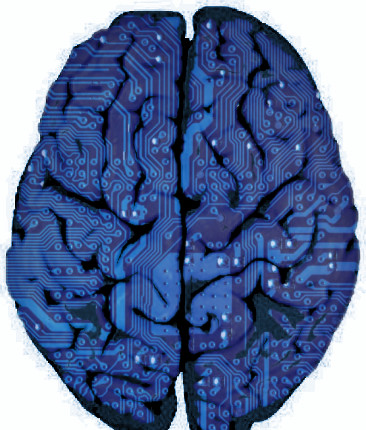Advanced imagery for ADHD
 Researchers say patterns of connectivity between brain cells could show what ADHD looks like.
Researchers say patterns of connectivity between brain cells could show what ADHD looks like.
By examining the brain scans of over 6,000 children, a research team, led by Michael Mooney and colleagues at Oregon Health and Science University, has uncovered patterns of connectivity between brain cells that are characteristic of ADHD.
The research employed a new analytical technique that scrutinises broader areas of the brain than previous studies have managed, offering unprecedented insights into the neurological underpinnings of ADHD.
The study's findings could both enhance the comprehension of ADHD but also set a new standard in brain imaging research.
Historically, neuroimaging research into ADHD has faced significant challenges, including small sample sizes and inconsistent methodologies, which have impeded the ability to draw definitive conclusions.
Mooney's team tackled these obstacles by leveraging a large sample size and a fresh analytical approach to thoroughly examine the relationship between ADHD and brain connectivity.
Their findings demonstrate a clear association between the ADHD polyneuro risk score (PNRS) - a metric representing cumulative, brain-wide, ADHD-associated resting-state functional connectivity - and ADHD symptoms in both the Adolescent Brain Cognitive Development (ABCD) study and an independent Oregon-ADHD-1000 case-control cohort.
Remarkably, this association held true even after accounting for various covariates, with p-values less than 0.001.
The research underscores the fact that ADHD is linked with alterations in widely distributed brain networks, particularly involving the default mode and cingulo-opercular networks.
The study could be a significant leap forward in neuroimaging, offering evidence of widespread dysconnectivity in ADHD and highlighting the potential of the PNRS approach.








 Print
Print